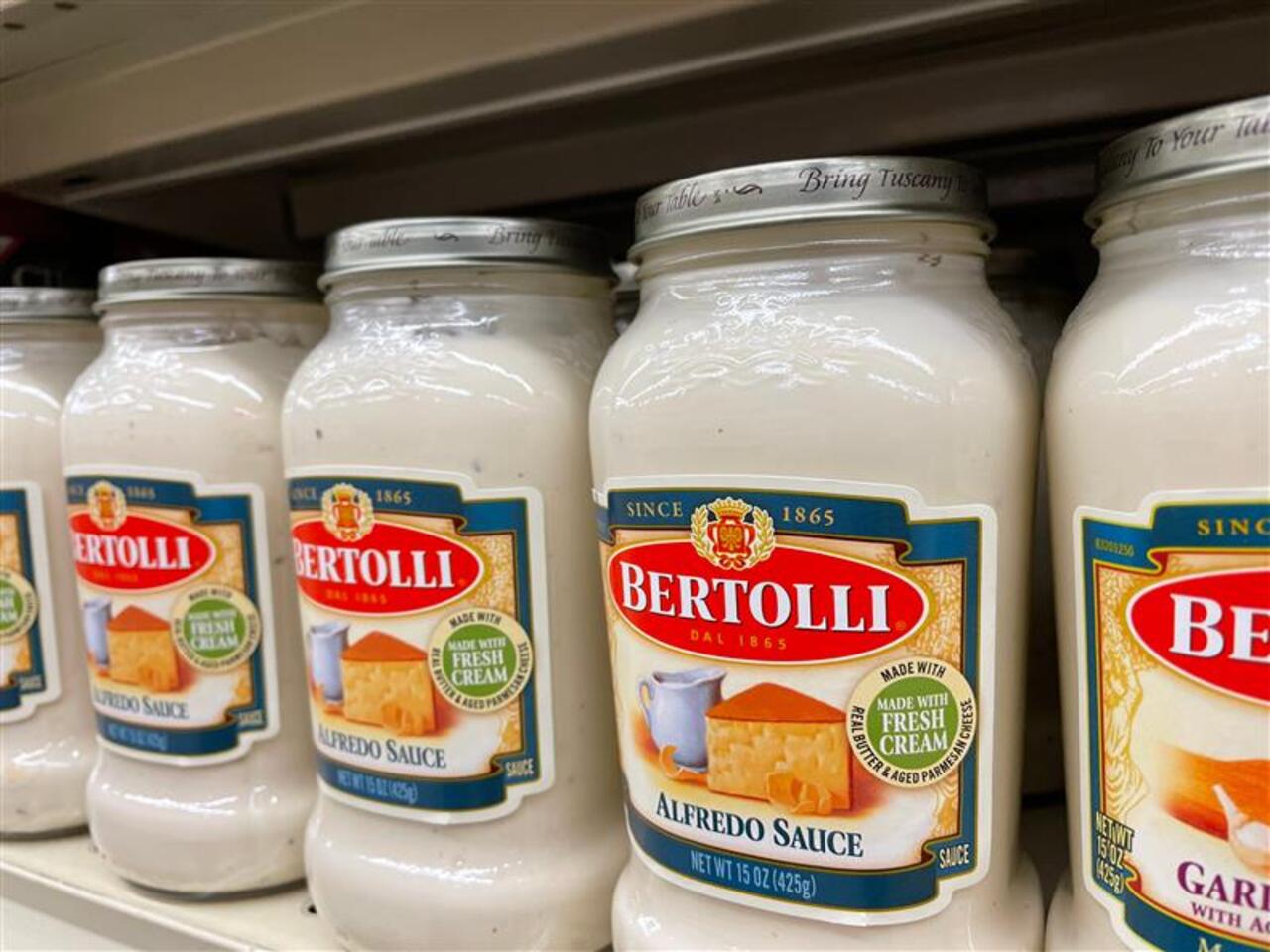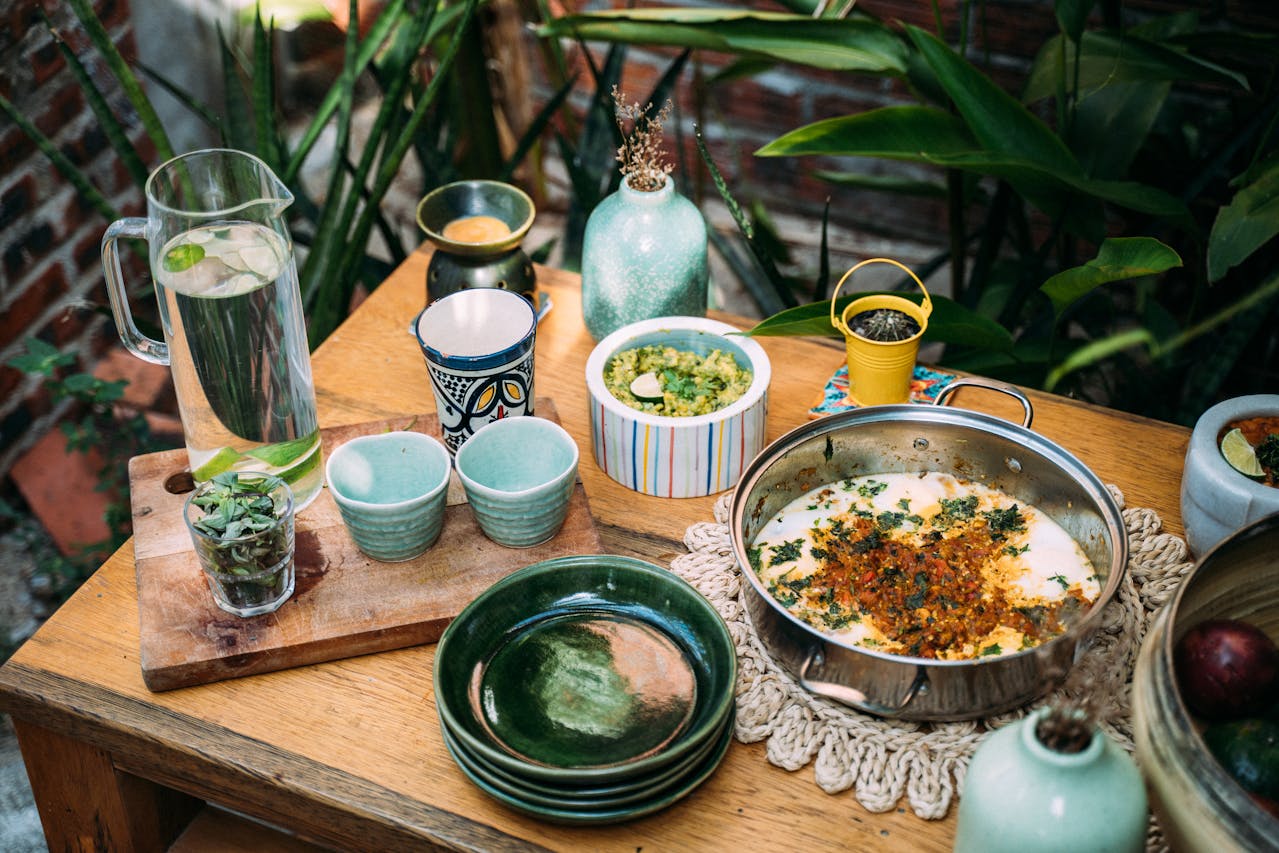12 Steakhouse Secrets That Make Your Grill Taste Incredible
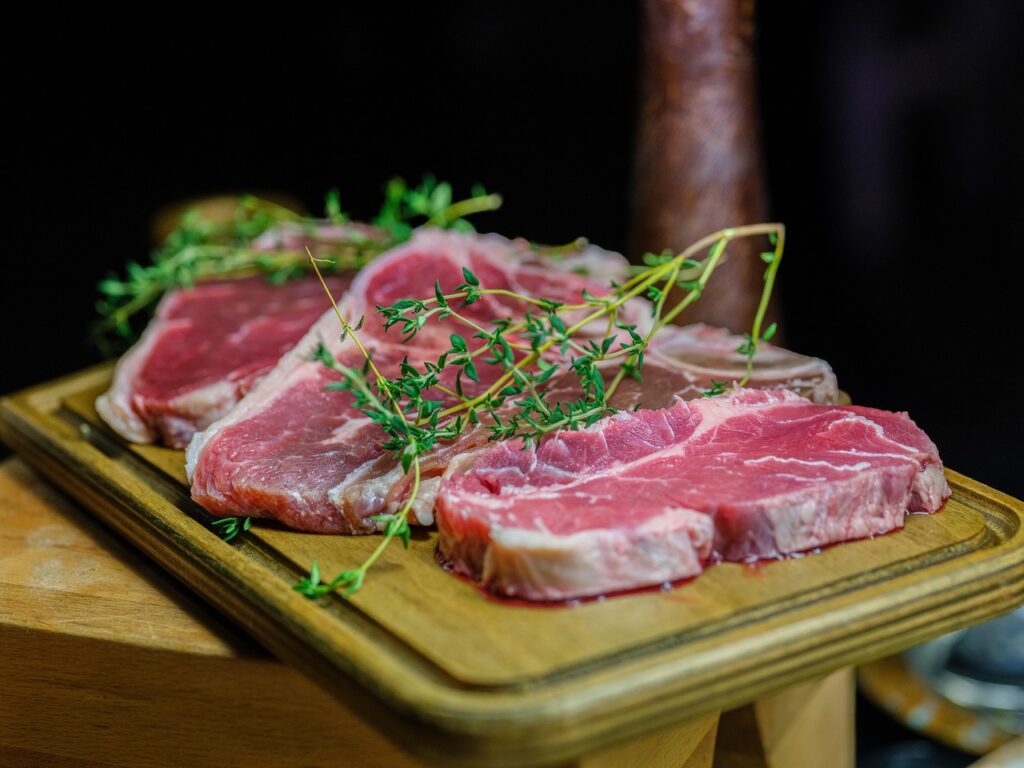
Steakhouse meals have a magic all their own. The sizzle as it hits the grill, the aroma of seasoning, the way each bite melts in your mouth; there’s a reason it feels like a treat. But here’s the thing: that magic isn’t locked away in a chef’s kitchen. Many of the techniques they use are simple enough to master at home. It’s all about understanding how to choose, prepare, cook, and rest your meat so it delivers maximum flavor. We’re talking perfectly caramelized crusts, juicy centers, and seasoning that hits all the right notes. These steakhouse secrets will help you transform your next grill night into a meal everyone remembers.
1. Start with the Right Cut
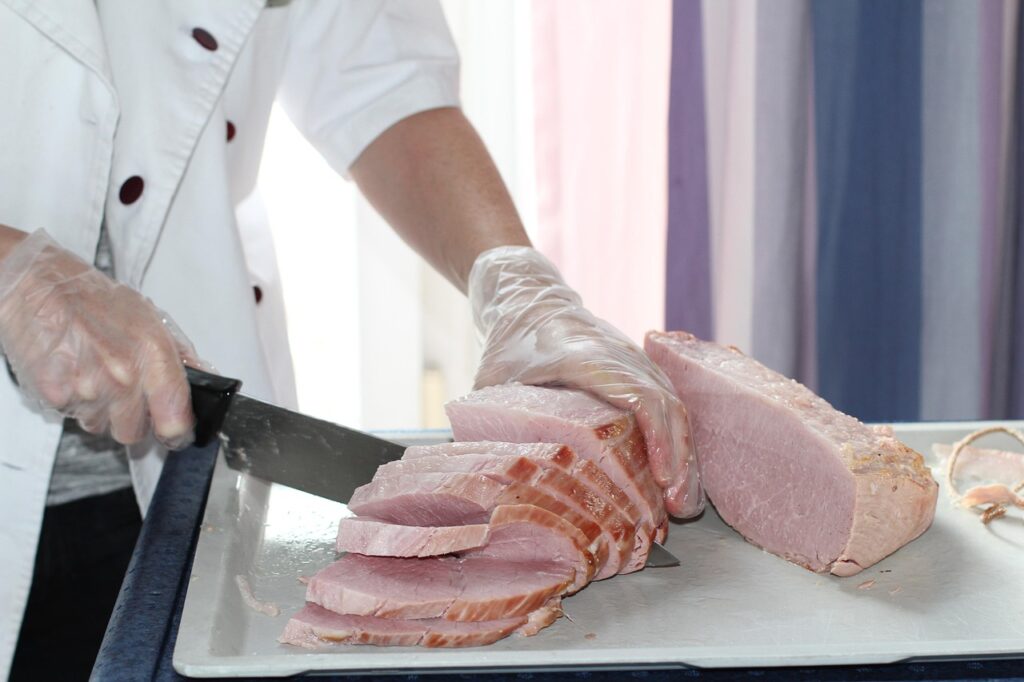
The cut you choose determines the flavor, texture, and overall feel of the meal. Ribeye is prized for its rich marbling, giving it a buttery flavor and juicy bite. Filet mignon is exceptionally tender but has a milder taste, making it perfect for those who prefer texture over strong beefiness. New York strip balances chew and flavor, offering a steakhouse classic. For grilling, ask your butcher for steaks at least 1 to 1.5 inches thick. Thicker cuts let you achieve a deep crust without overcooking the inside, giving you that perfect restaurant-style bite every time.
2. Let the Steak Reach Room Temperature
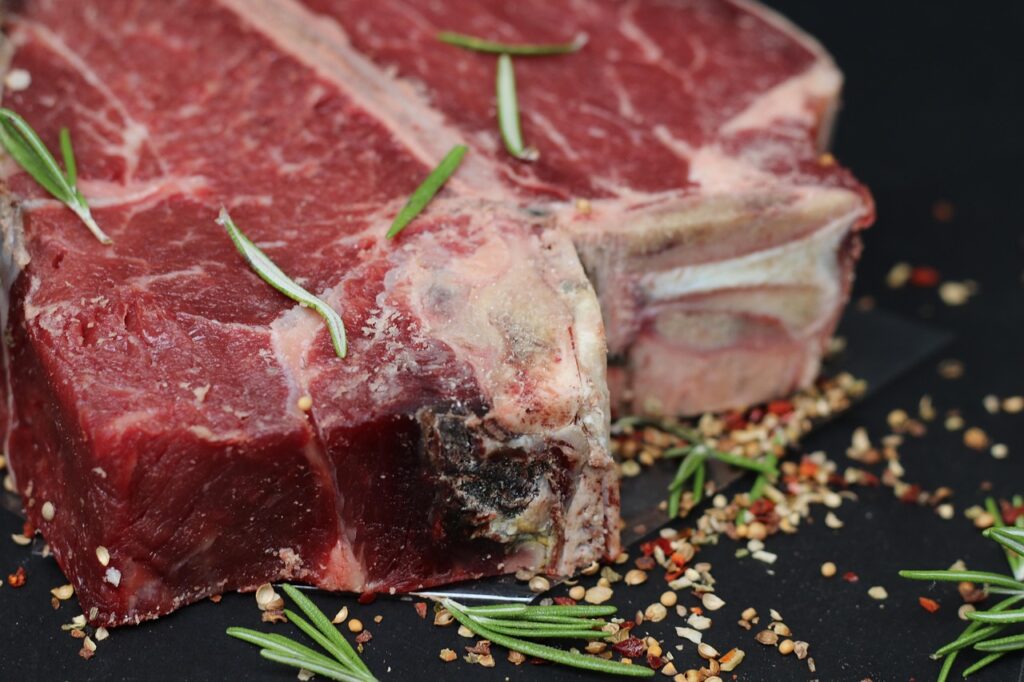
Cold meat thrown onto a hot grill cooks unevenly. You end up with an overdone exterior and an undercooked center; not exactly steakhouse quality. That’s why chefs let steaks sit at room temperature for 30 to 45 minutes before cooking. This gives the meat time to warm slightly, helping it cook evenly from edge to center. It also promotes better browning when the steak hits the heat. Just set it on a clean plate, cover it lightly, and let it rest on the counter while you prep your sides or heat the grill.
3. Season Generously with Salt
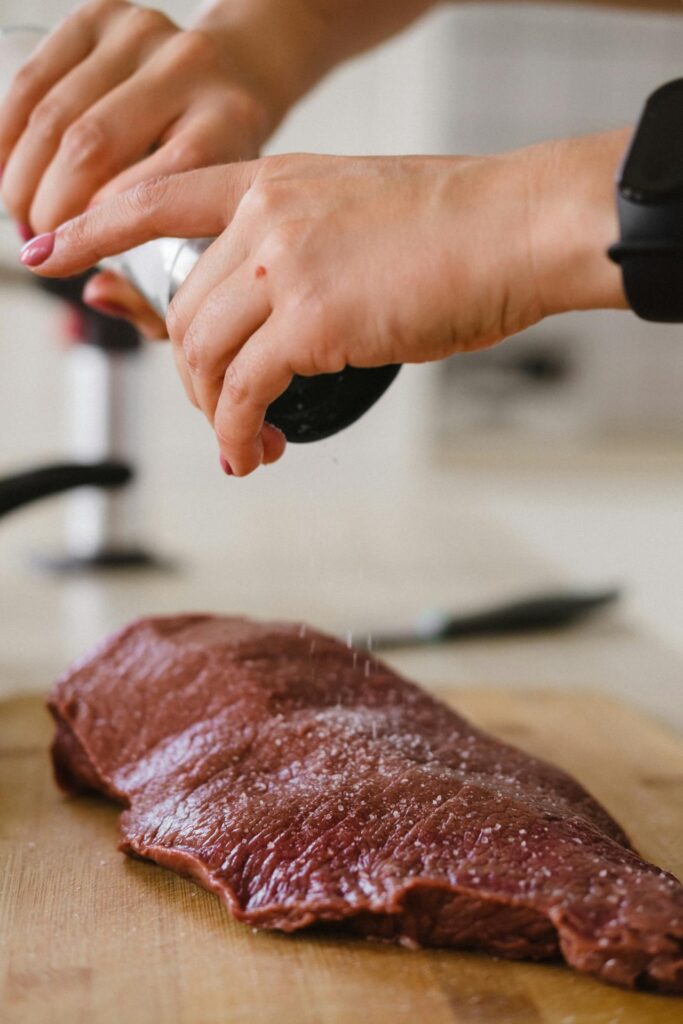
Salt is the foundation of steakhouse flavor. Thick cuts need more seasoning than you think because salt has to penetrate beyond the surface. Use a coarse kosher or flaky sea salt and coat both sides evenly. Salt draws out moisture, which then reabsorbs during cooking, seasoning the meat throughout. For best flavor, season at least 40 minutes before cooking so the salt has time to work into the muscle fibers. It’s a small step that makes a big difference, turning a plain steak into something rich and savory from the first bite.
4. Add Pepper at the Right Time
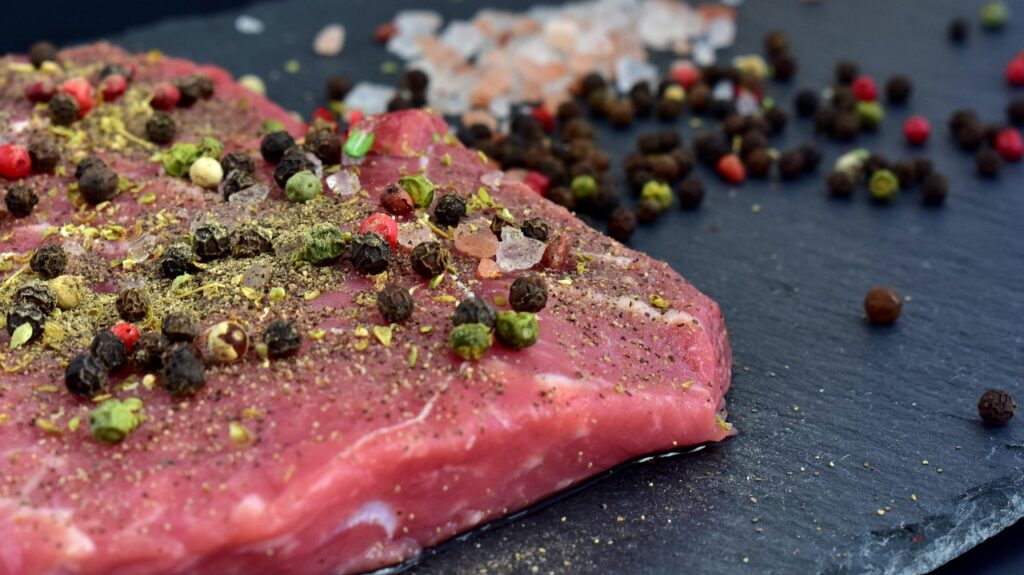
Black pepper adds warmth and depth to steak, but it can burn and taste bitter when exposed to high heat too early. Many steakhouse chefs season with salt first and wait to add pepper until just before serving. If you like the peppery bite cooked in, keep your grill temperature moderate or use a coarser grind that’s less likely to scorch. Freshly cracked pepper also works beautifully as a finishing touch, creating that signature contrast between the steak’s rich crust and the pepper’s sharp, aromatic kick.
5. Use High Heat for a Perfect Sear
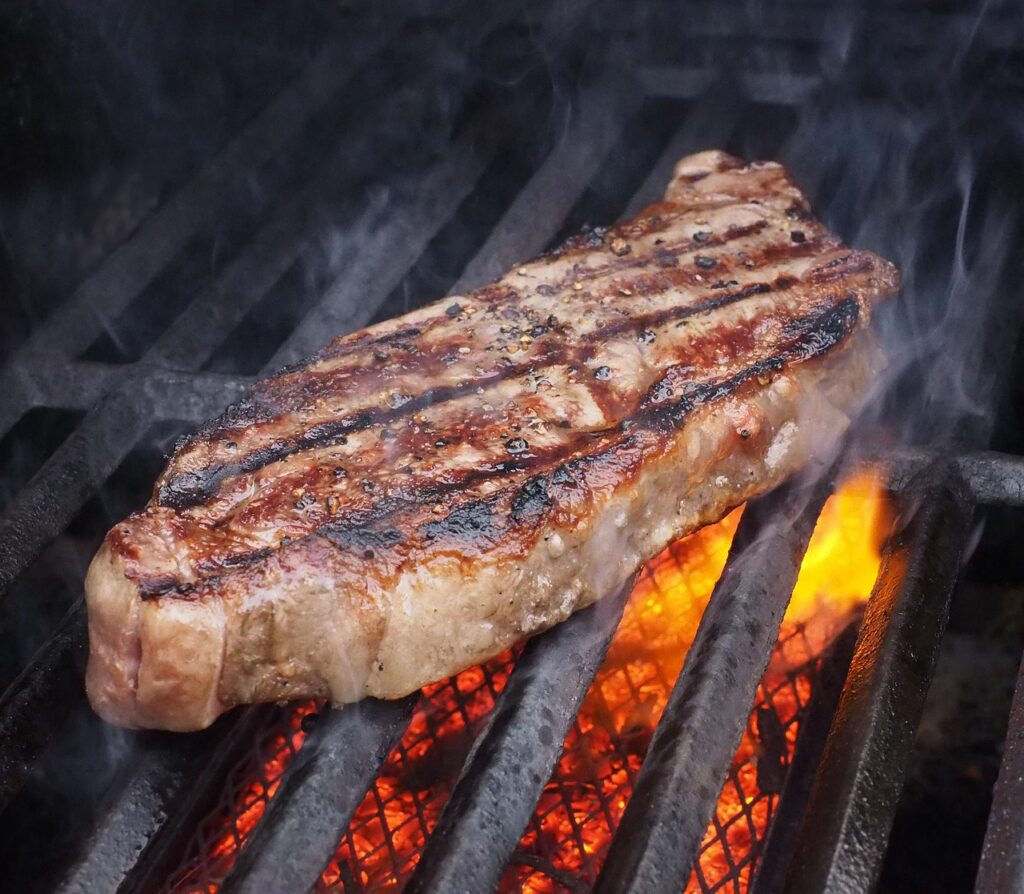
That irresistible crust you get at a steakhouse comes from the Maillard reaction; when intense heat transforms the meat’s surface into a golden, flavorful layer. To achieve it, preheat your grill or pan until it’s very hot, almost smoking. Place the steak down and let it sear without moving for a few minutes per side. Once both sides have that deep, caramelized crust, you can lower the heat to finish cooking. This locks in the juices and delivers layers of flavor you can’t get with low-and-slow cooking alone.
6. Don’t Overcrowd the Grill
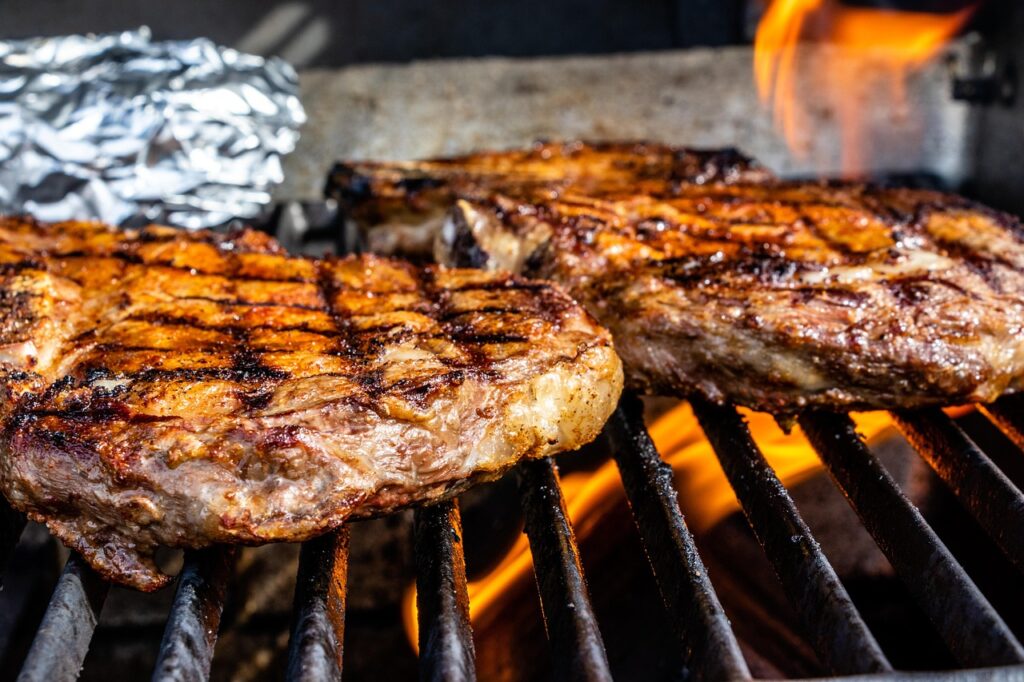
If you pack too many steaks on the grill, the temperature drops, steam builds, and you lose that all-important sear. Steakhouses avoid this by giving each steak plenty of space so heat can circulate evenly. At home, cook in batches if needed. This keeps the cooking surface hot, prevents flare-ups from dripping fat, and makes flipping easier. More space also means a more consistent crust and even cooking from edge to center. It’s better to serve steaks hot off the grill in two rounds than to compromise texture.
7. Baste with Butter and Herbs
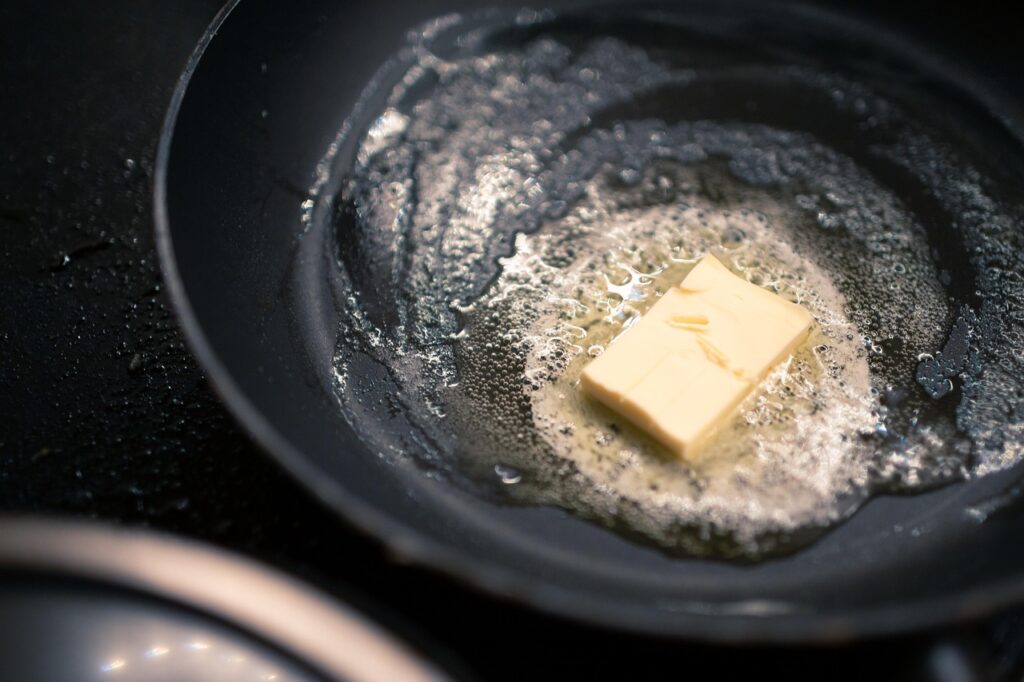
Midway through cooking, many chefs add an extra layer of flavor by basting the steak with melted butter infused with herbs and garlic. This step adds richness, keeps the surface moist, and builds complexity in every bite. You can melt butter in a small pan with rosemary, thyme, or crushed garlic, then spoon or brush it over the steak in the final minutes of cooking. The butter soaks into the crust, carrying the aromatic oils from the herbs straight into the meat for that unmistakable steakhouse aroma.
8. Rest Before Slicing
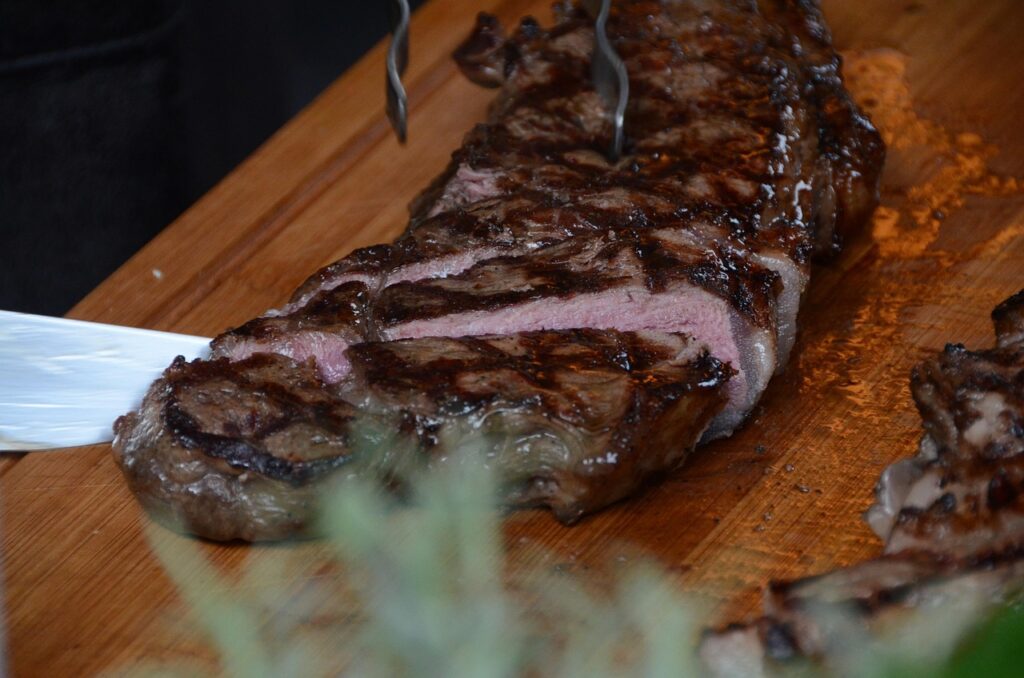
Cut into a steak the second it leaves the heat, and all those delicious juices will spill onto your plate. Steakhouses know patience pays off. They let steaks rest for 5 to 10 minutes before slicing so the juices can redistribute evenly. This keeps every bite moist and flavorful. Loosely tent the steak with foil to keep it warm without trapping steam, which can soften the crust. Use the resting time to plate your sides, pour wine, or whip up a quick sauce.
9. Slice Against the Grain
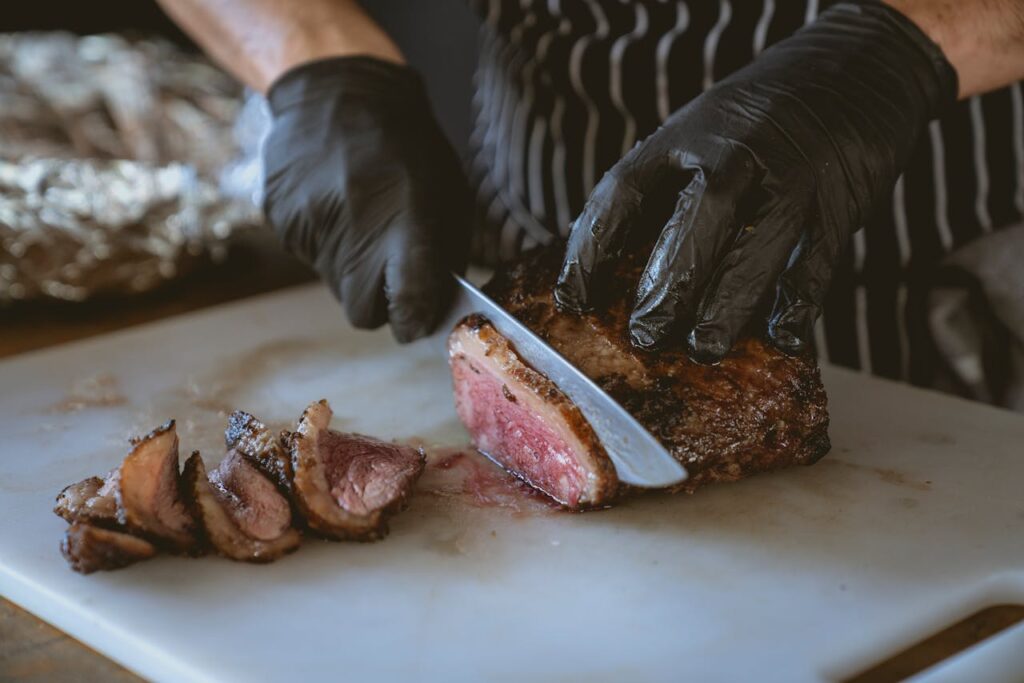
The “grain” refers to the direction of the muscle fibers in the meat. Slicing with the grain leaves you chewing through long fibers, which can make a steak feel tough. Slicing against it shortens those fibers, making each bite tender. To find the grain, look for the natural lines running across the steak. Cut perpendicular to them for the best texture. It’s a simple habit that instantly improves tenderness, especially for leaner or less marbled cuts that rely on technique to feel luxurious.
10. Finish with a Flavored Salt or Compound Butter
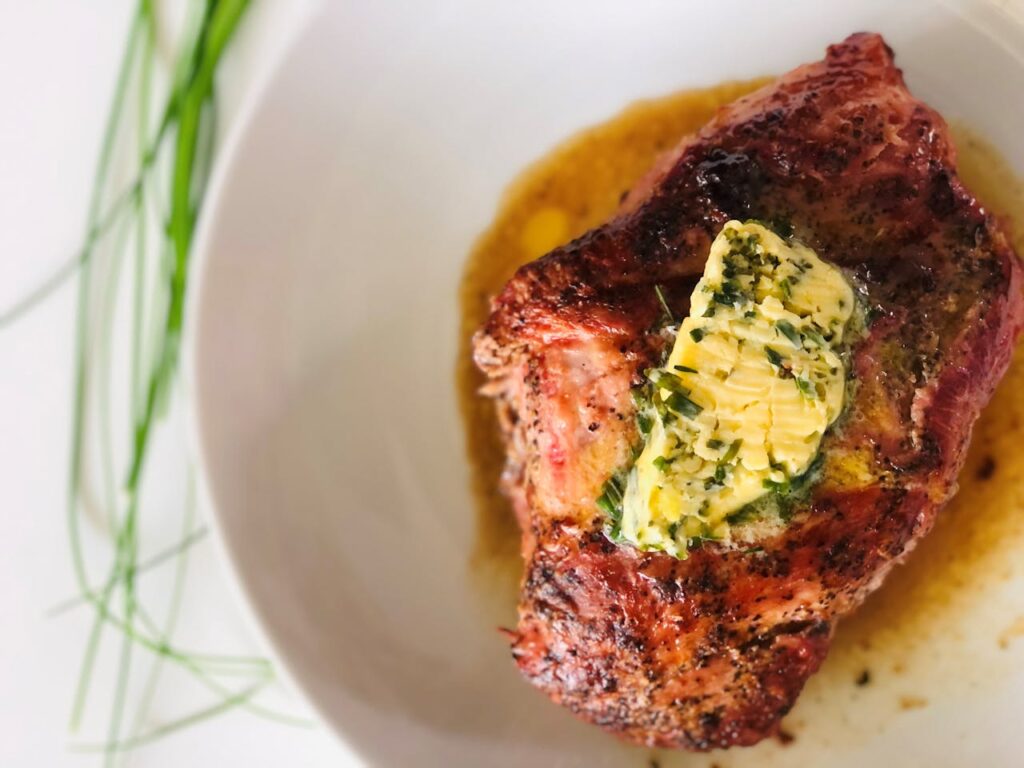
The final flourish separates a good steak from a great one. A sprinkle of smoked or truffle salt, or a pat of compound butter, adds richness and aroma right before serving. Compound butter can be made ahead with herbs, garlic, citrus zest, or even blue cheese for a bold finish. As it melts, it seeps into the crust and pools onto the plate, ready to be swiped up with each bite. Play around with flavors to match your sides or wine.
11. Invest in a Meat Thermometer
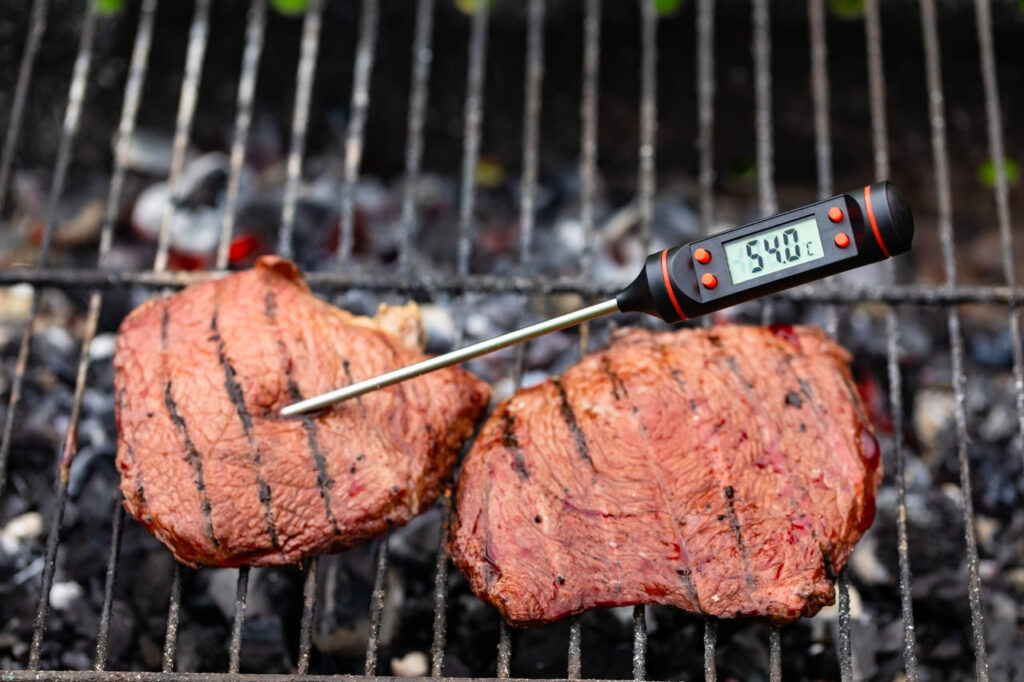
Steakhouses don’t guess when it comes to doneness; they measure. A meat thermometer ensures your steak is cooked exactly how you want it, from rare to well done. For medium-rare, aim for 130–135°F; medium, 140–145°F; and medium-well, 150–155°F. Insert the probe into the thickest part for an accurate reading. It’s a small investment that eliminates the risk of cutting into your steak too soon, only to discover it’s overdone or undercooked. Consistency is what separates restaurant-quality steak from guesswork at home.
12. Clean and Oil Your Grill Grates Before Every Session for Even Searing
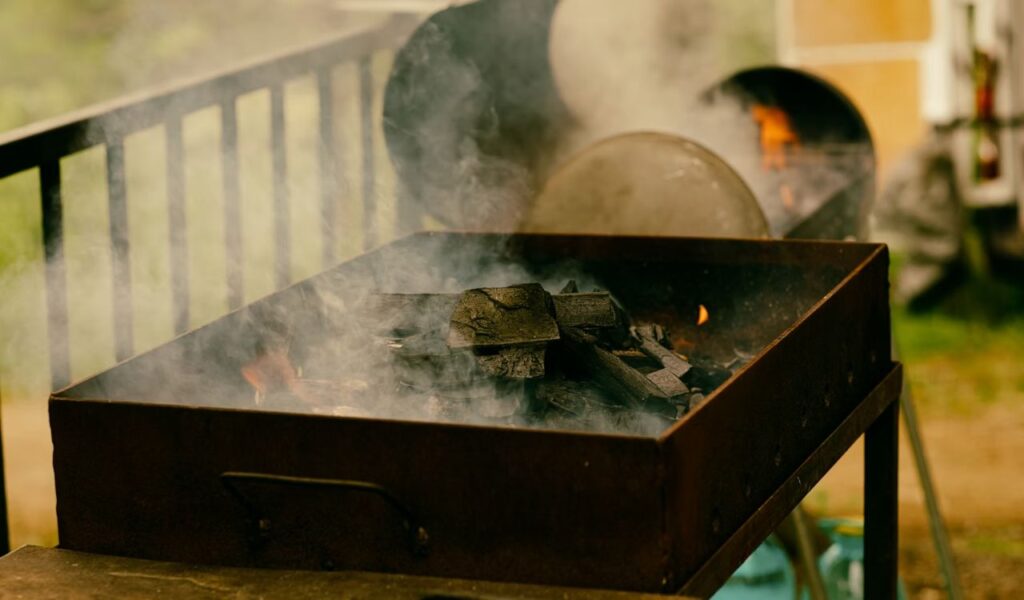
This step might sound routine, but it’s one of the biggest differences between a backyard steak and a steakhouse one. Clean grates conduct heat more evenly and prevent old residue from burning onto fresh meat, which can add bitterness. Use a sturdy grill brush or a rolled-up ball of foil right after preheating, when the grates are hot enough to loosen debris. Once clean, lightly oil them using a paper towel dipped in high smoke-point oil, canola, grapeseed, or avocado, held with tongs. This thin layer prevents sticking and helps build that deep, caramelized crust chefs call the Maillard reaction.


